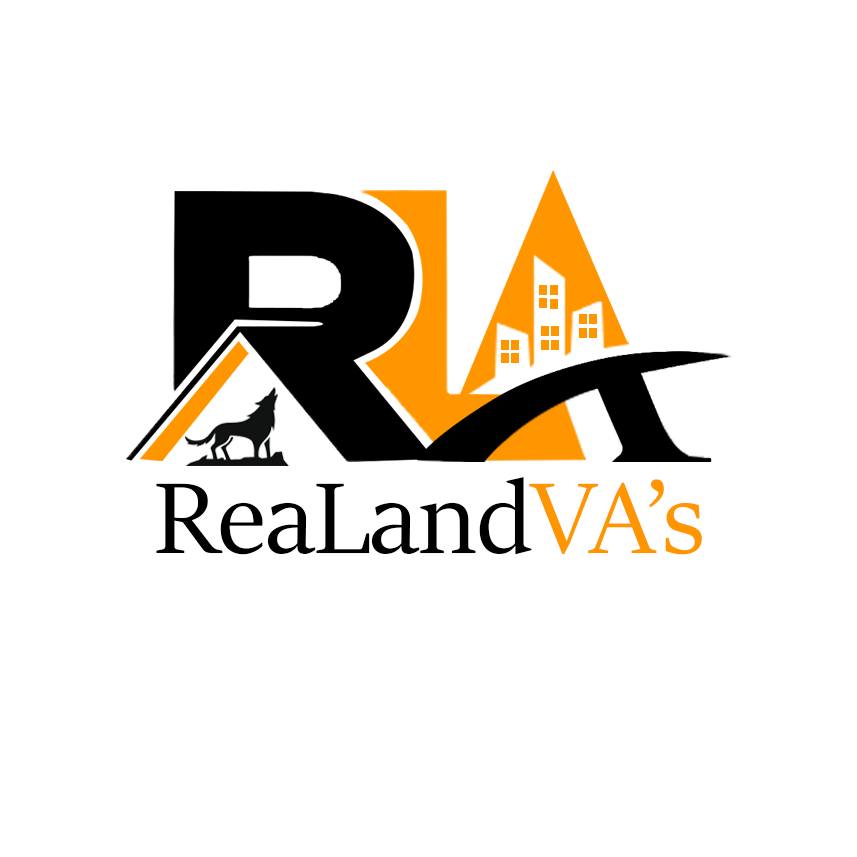You might have observed two kinds of people in your surroundings: people who earn a
paycheck every few weeks in exchange for their work and services, called active income.
Another group of people who make a steady income and grow their wealth without doing
anything is passive income, which is considered the key to financial stability. Similar is the
case in the real estate industry, as it is also divided into active and passive real estate
investing.
In this article, we’ll learn about the basics of passive real estate investing, the differences
between active and passive investing and some of the different ways to start passive real
estate investing. So, let’s begin with passive real estate investing.
What Is Passive Real Estate Investing?
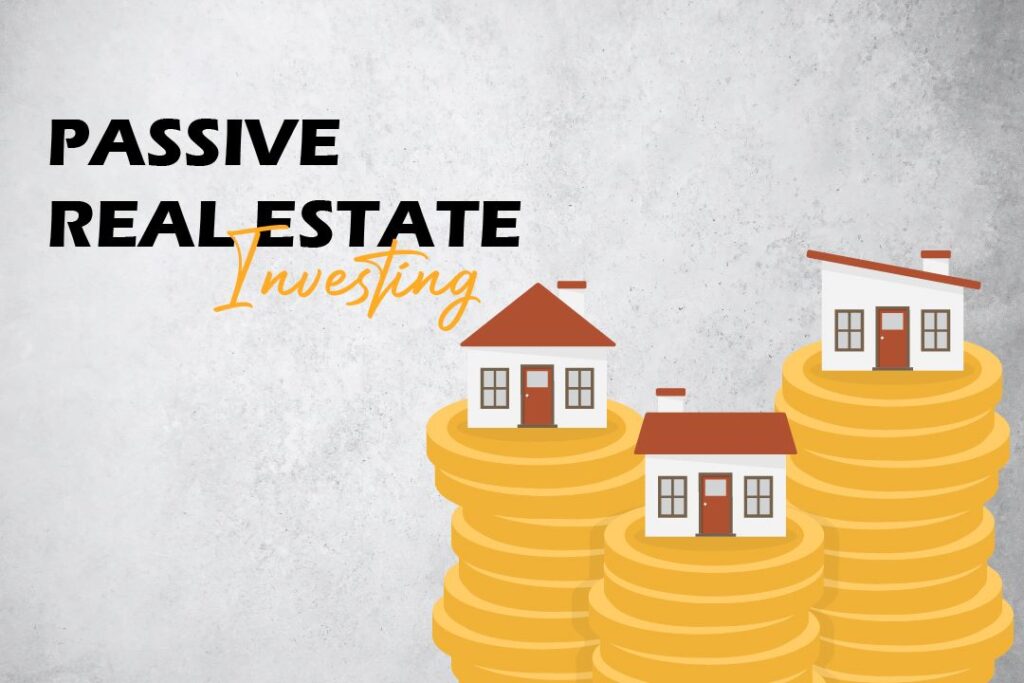
Passive real estate investing refers to the income generated from real estate holdings
without actively working or taking management responsibilities on your shoulders. This is an
excellent opportunity for those commercial investors more interested in getting their money
every few weeks without having to do anything.
Passive real estate investing enables investors to complete their daily property management
tasks without being personally involved while still receiving their cash flow. Investors only
have to transfer the necessary capital to the sponsors, and they’ll be responsible for
providing their services and executing your business plan.
What’s The Difference Between Active And
Passive Real Estate Investing?
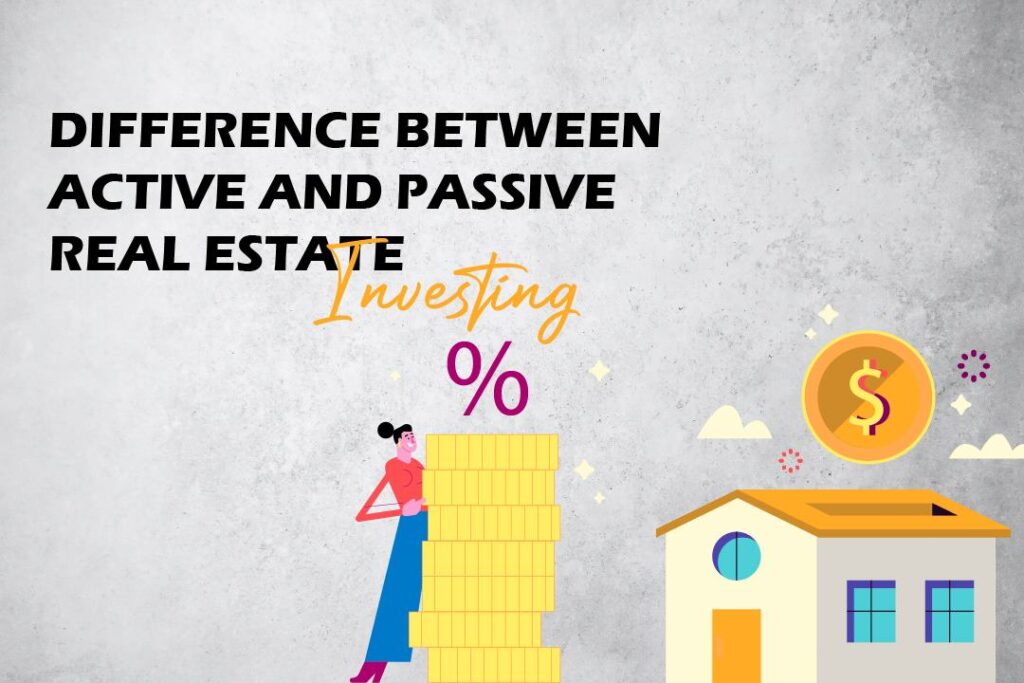
Active and passive real estate investing differs based on the amount of time and effort
required to put into your real estate investment strategy. Suppose you want to invest in real
estate, but you need to be able to make an effort and take your management
responsibilities; then passive real estate investing might be a good option for you. But on the
other hand, active real estate investment requires you to manage your daily tasks
independently.
For example, if you’re willing to buy a rental property but want passive income from your
property. In that case, you must hire a property management company to look after your
property. You won’t have to deal with management tasks or collecting rent from tenants
because your property management company is responsible for handling all of that work.
That’s what we call passive real estate investing.
Things are the opposite with active real estate investing; there is no property management
company. Such investors need to handle everything from start to finish, including finding
suitable tenants, researching properties, bidding on and managing them. So, both types of
real estate investment have their benefits and drawbacks, and it’s up to you to decide which
one is right for you.
5 Ways To Begin Passive Real Estate Investing
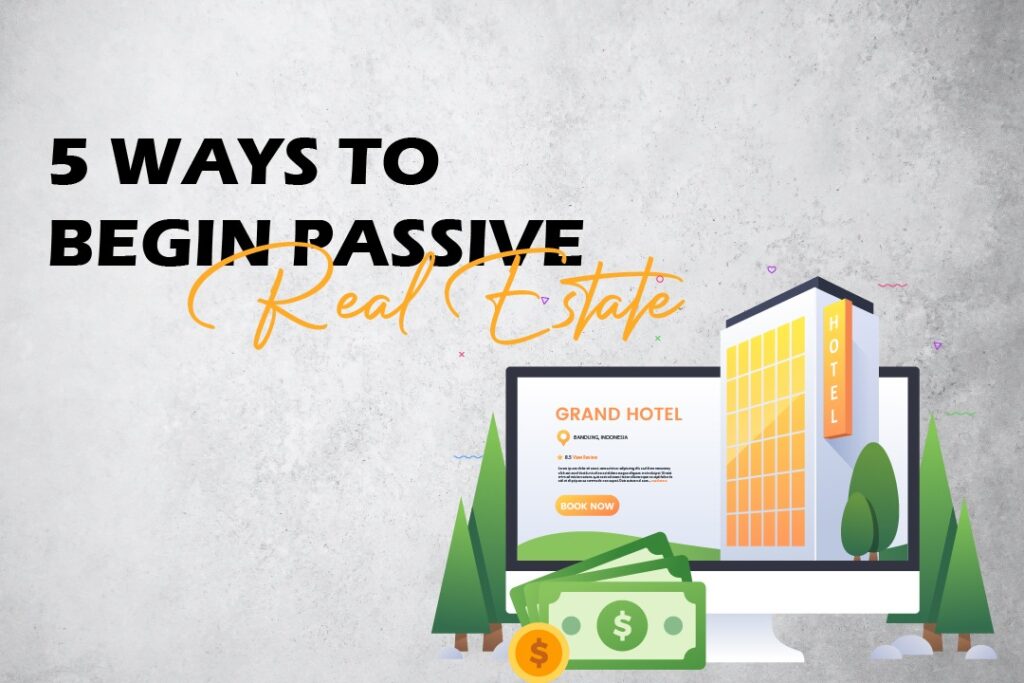
Here are the five most effective ways to begin passive real estate investing.
1. Real Estate Crowdfunding
Real estate crowdfunding has gained popularity in recent years as it’s the simplest
way to begin with passive real estate investing. Crowdfunding sites or platforms pool
money together from different investors to buy commercial or residential properties
that generate income. This investment strategy allows investors (Shareholders) to
earn rental income and earn an appreciation price on the property when it is sold.
Real estate crowdfunding is a passive investment because property management
companies work with their network of managers to search for and manage tenants.
However, it is essential to note that crowdfunding platforms can vary depending on
how hands-off you can be with your investment.
2. Passive Airbnb Business
Passive Airbnb business can be an excellent side hustle in real estate that allows
significant cash flow without doing any work. This business is simple and easy to
understand. You’ll have to acquire an Airbnb rental in a pleasant and attractive
market. Next, consider installing a remote management system and hiring a rental
manager to manage different tasks.
Airbnb Business makes it easier for investors to manage their listings and
communicate with renters using its application. This strategy is highly implemented in
states like California, Arizona and Florida.
3. Real Estate Investment Trust (REIT)
Real Estate Investment Trusts are another passive real estate investing strategy that
is quite similar to crowdfunding. It’s a real estate company that buys and manages
income-generating real estate. There are certain legal conditions that apply to REITs,
such as paying out at least 90% of taxable income to the investors in the form of
dividends.
Many kinds of REITs are based on different industries, including health and retail. In
addition, there are also commercial and residential REITs that can generate a
passive income over time. You can start investing in REITs by using your online
broker to consider publicly traded REITs. Some REITs aren’t publicly traded, but you
can contact individual brokers to invest in non-traded REITs.
When you invest in Real Estate Investment Trusts, you’ll regularly receive dividends.
REITs are very liquid, as you can easily buy and sell shares on the stock market. It is
also a low-risk investment because REITs are very fluid. It means that investors can
always cash out their positions if they want to.
4. Real Estate Syndication
Real estate syndication is a passive investment where investors pool their resources
to invest in considerable projects, mainly commercial properties. This approach
enables investors to acquire properties and participate in real estate investing even if
they do not have the financial capacity to buy that property on their own.
Syndications are just like limited liability companies (LLCs), which allow investors to
become entity members. The lead investor or sponsor within the company is
responsible for all the management tasks, while investors provide the capital required
for the venture.
5. Real Estate Funds
Real estate funds are considered a broader form of mutual funds that provide value
through appreciation. It takes longer than that of REITs, and the shares of mutual
funds are traded and highly liquid. Real estate funds can be a good investment
opportunity for individuals who need more money for traditional real estate investing
and are just looking to start with it.
Pros And Cons Of Passive Real Estate Investing
Passive real estate investing has both benefits and drawbacks. Let’s review some of this
investing strategy’s significant pros and cons.
PROS
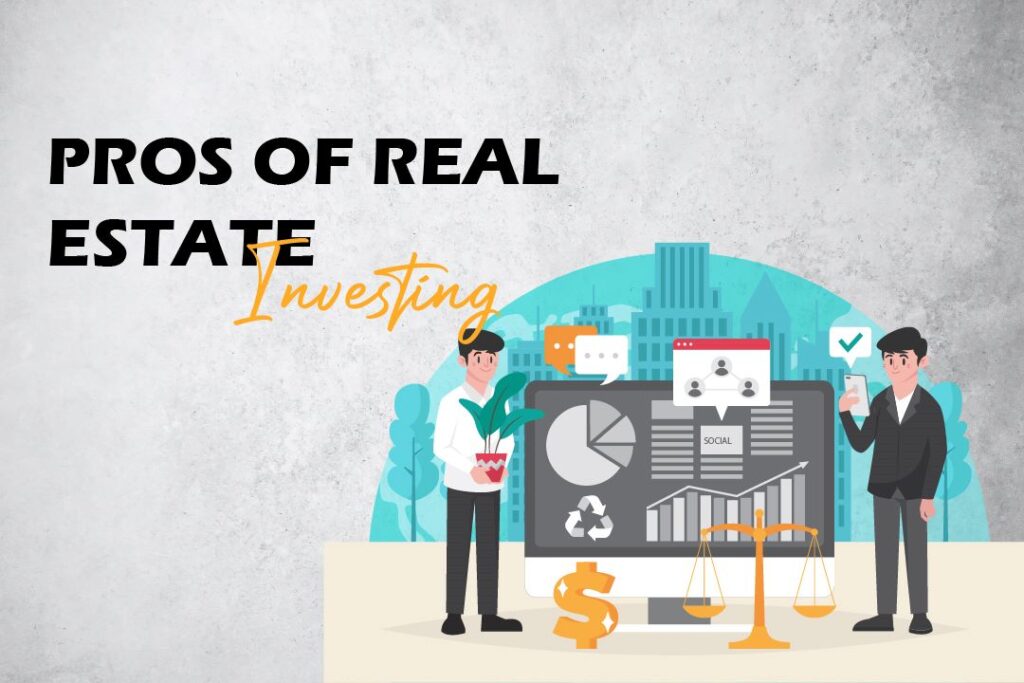
Portfolio Diversification
Passive real estate investing enables investors to gain exposure to different properties and
eventually provide an opportunity to diversify their portfolio.
Low Risk Involved
It involves low risk as you’ll not be liable. You don’t have to do any management tasks;
therefore, you’re not responsible for whatever problem arises on the property.
No Landlord Responsibilities
Another benefit of passive real estate investing is that passive investors only need to provide
capital investment, and the company takes care of the rest. It means you won’t have to
engage in the maintenance and operational processes of the property.
Saves Time
You don’t have to appear for daily decision-making meetings and details of property
management. With passive real estate investing, you can focus on other essential things.
CONS
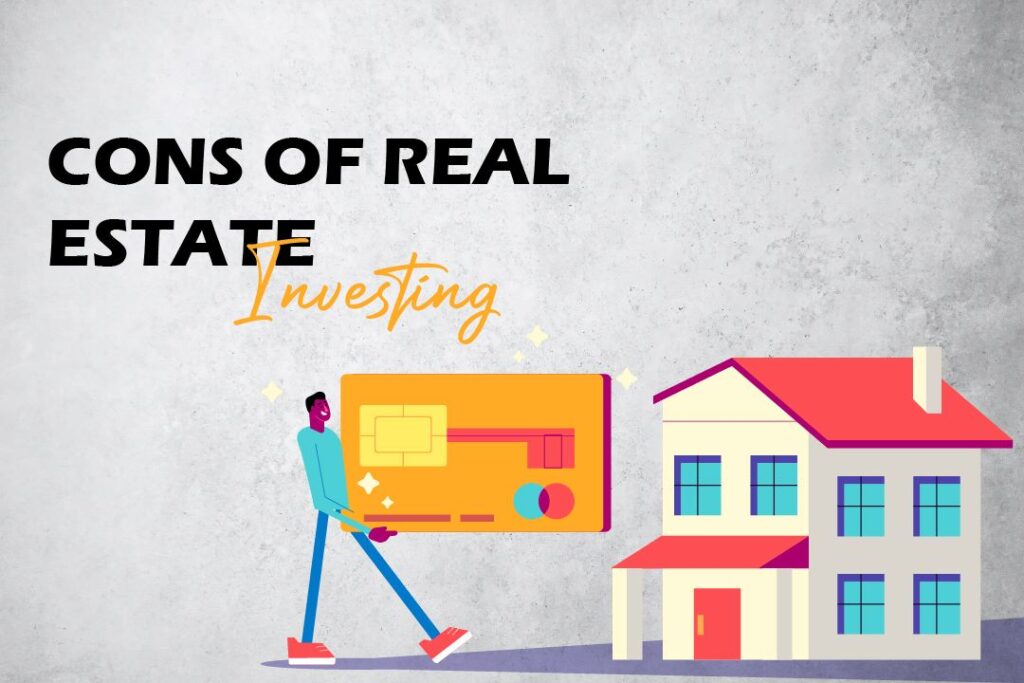
Higher Fees
Passive investors need to pay management fees to the companies, which is slightly higher.
However, the costs vary depending on their investment strategy.
Slightly Lower Returns
Returns on passive real estate investing are lower than on active real estate investing.
However, considering the lack of involvement, many investors still prefer passive real estate
investing even if they get lower returns.
Less Control Over Real Estate Investment
Active investors often need more control over their investments. However, it depends on the
nature of the investment strategy; some investors may not be able to select a specific asset,
while others might have the authority to choose their desired investments.
Frequently Asked Questions (FAQs)
Is Passive Real Estate Investing Cheaper?
Passive investing is cheaper in the sense that investors pay for software rather than paying
a real estate professional who charges high fees. Therefore, passive investing has a lower
expense ratio in comparison to the high expense of active investing.
What Is Passive LLC Real Estate Investing?
LLC stands for Limited Liability Companies, which lets business owners limit their liability
in a situation of business failure. Investors often create LLCs to buy properties and determine
the potential for one property loss to hurt their investments.
How Much Money Is Required To Start Investing In Real
Estate?
The amount of money required to invest in real estate depends on the investments you’re
willing to get involved in. There are numerous ways to get started with real estate investment
but buying a share in REITs can be affordable and beneficial for most investors. Multiple
REIT types depend on the industry, such as retailers and the health industry. In addition, you
can also consider commercial and residential REITs that can generate a good amount of
passive income over time.
